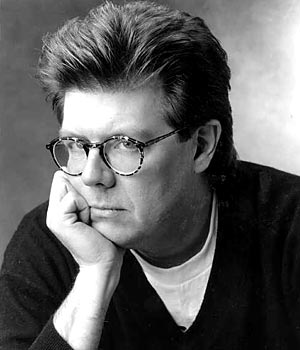
John Hughes, the underrated yet well-known writer and director of a slew of ’80s teen angst movies, passed away today at the age of 59. Hughes’ films included The Breakfast Club, Planes, Trains & Automobiles, Weird Science, Sixteen Candles and Ferris Bueller’s Day Off.
Now just hold it right there. Those were the films he DIRECTED. Hughes also wrote National Lampoon’s Vacation AND Christmas Vacation, as well as Mr. Mom, Pretty in Pink, and the Home Alone movies.
None of these won Hughes an Oscar award and certainly didn’t get universal appeal from the critics, yet any director or writer would give anything to have a string of hits that long.
And he did it in a little over a 10 year span before petering out with more family fare in the ’90s and eventually calling it a day completely and universally shunning the public eye.
To any fan of the 1980s and particularly the cinematic oeuvre provided by the oft-criticized decade, there were really two specific genres of film birthed from that decade. The first was the big budget action epic, a la the works of George Lucas, Steven Spielberg and James Cameron, among others. They weren’t the first of their kind, but they were the first to be so successful so as to completely permeate all aspects of popular culture. The other genre? Pretty much everything John Hughes did. That being the teen comedy. Again, not the first and not the only, but by far the most successful.
And if one took a look at the comedic renaissance of the last few years, particularly the resurrection of the Rated R comedy, you could see John Hughes’ stamp all over these films. In fact, the writers and directors of these films clearly have no shame in paying homage to the godfather of their art. It all started with American Pie and keeps going to this day. (I Love You, Beth Cooper?) Uber-comedic-mind Judd Apatow’s directorial efforts have skewed towards twenty- and thirty-something characterization, but those characters still (realistically) maintain the teenager’s mind and sense of humor. That is, we men really never do grow up.
But what Apatow has succeeded at, and so have many of his troupe (i.e. Jason Siegel, Paul Rudd, Jonah Hill, Seth Rogen, etc.), is getting to the heart of their comedy which is a place where much of that genre ultimately failed at. The generation who grew up wrapping our heads around the teen angst that John Hughes put on film, and then enduring it ourselves, is now THE dominant movie-going and culture-referencing generation. We remember the eclectic beating heart within each member of The Breakfast Club, we identify with Clark Griswold’s determination, and connecting with old friends on Facebook brings back horrifying memories of our own sweet sixteens. We won’t be snookered by bland, heartless comedy. The critics can pen all the hogwash they want, “kids these days” will mock the formula of the comedy in deference to their generation’s shock comedy, and the elders just don’t get it. But the reason why these new comedies do so well is that there is a generation of people who yearn to laugh while also feeling fulfilled by an actual plot with just enough drama to stimulate the brain.
There were other films in the ’80s that contributed to this. We can’t forget the likes of St. Elmo’s Fire or Fast Times at Ridgemont High, but at the top of the heap is John Hughes. At the very least, The Breakfast Club and Ferris Bueller’s Day Off are among the pinnacle of high-school adventure comedy, with Bueller pushing a slyer, wittier comedy than its ilk of the time and Breakfast the more traditional yet enthralling style of comedic film.
The Vacation movies perfected the art of zany, often-abstract comedy, due in large part to Chevy Chase’s memorable performance but also because of some incredibly well-crafted comedic plots. These movies have become one of our generation’s most quoted franchises. “Hey look kids, there’s Big Ben, and there’s Parliament!”
Of course there’s the Molly Ringwald-centric Pretty in Pink and Sixteen Candles, continuing the high school comedic excellence and giving equal spotlight to the fairer sex. And Weird Science, a true comedic gem that put the geeks at the helm more than 20 years before geek culture became universally cool. Everyone has a favorite scene or film, and like some better than others. How could anyone who lived through the ’80s not recall the scene between John Candy and Steve Martin, sharing a bed in Planes, Trains and Automobiles? “Those aren’t pillows!”
A lot of Hughes’ comedic treasures arrived before I even hit high school so the angst wasn’t always immediately relevant, but they had such a lasting power that each run of the VCR or appearance on HBO gave those movies more and more relevance. And any hot-blooded young boy who lived through the ’80s likely had some hormonal moment or overwhelming infatuation with Sam Baker or Sloane or Lisa, the perfect scientific creation from Weird Science.
And personally speaking, the Hughes’-penned Career Opportunities brought Jennifer Connelly to my attention, an actress I was instantly infatuated with at the height of my own teenage hormonal angst. (Which is not to draw attention from what was actually Hughes’ last great teen comedy.) I can remember thinking, as an awkward, geeky yet humorous teenager myself, that I could get the girl, and get one just like that! So much of what I’ve enjoyed in my reminiscences and nostalgia for the ’80s is about that optimistic whimsy that our generation propagated throughout the decade. In some ways, I have a lot of that to blame as my first steps towards my own romantic ventures in life, I tried so hard to make like they were on the silver screen. It gave losers like us a lot of hope, and now in retrospect, captures the times in a slightly unrealistic yet emotionally effervescent manner.
Hughes found a second life with family comedy, most successfully with the first two Home Alone films (which he wrote). At this point, this type of comedy didn’t appeal to me but it was nevertheless an extension of his successful run. Later in the ’90s, Hughes completely abandoned Hollywood for retirement to Wisconsin, where he would rarely even do interviews. For a time, his style of comedy was mocked as the ’90s ushered in a cynical, world-weary view which had no time for the pop stylings of ’80s music and cinema. A few auteurs carried the Hughes flame, most notably Kevin Smith who despite mostly taking an independent track to tell equally as emotional tales, created the absurdly-under-appreciated Mallrats, an homage to the types of films John Hughes was making himself not long before. (Perhaps too sly of an homage as many didn’t get that aspect of the film, expecting the more overtly independent angle of Smith’s first film, Clerks.)
As the new millennium brought a greater appreciation or perhaps a nostalgia better defined by the distance of the memory of certain songs, artists, and/or films of the ’80s, John Hughes certainly achieved more respect. This was not only evident by spoken acknowledgement of his works but also through the obvious homages that continued in the cinema of the last 10 years. American Pie was the most obvious example as it became a cultural phenomenon for a new generation, and a nice harkening back for a bunch of us former angsty teenagers who were now pushing 25. And while much of the best critically-acclaimed (and typically original and reality-based) comedy of the last few years has actually been produced for television (i.e. The Office, Arrested Development, 30 Rock), Hollywood is still pushing the John Hughes formula of comedy in their films. There’s a reason why films like Superbad and Forgetting Sarah Marshall and Knocked Up were so successful. And a large part of that reason is the art that John Hughes helped make all those years ago.
He may be gone from this world now but the beloved characters he brought into this world and the unforgettable and hilarious stories he crafted will be a part of comedic lore, and Hollywood, long after our generation serves its last detention.


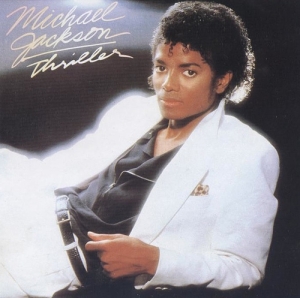


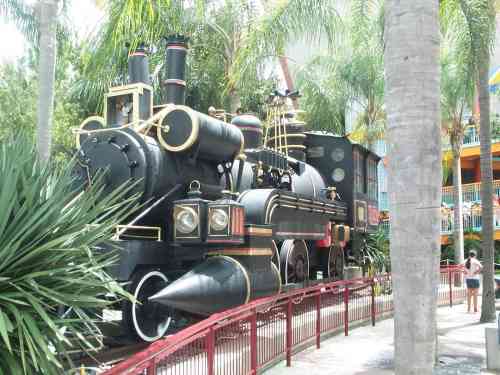
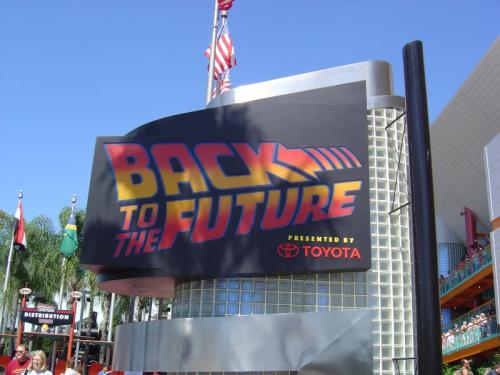
 When Back to the Future Part II ended, we already knew we were getting another sequel so everyone expected a cliffhanger. Perhaps rumormongers (who at the time only had magazines to patrol) knew where that third movie would take place. But most of us were as surprised at where the ride was taking us as Marty McFly himself. By the end of Part II we know that Doc has been accidentally zapped to 1885 and the old west. In fact, the producers stuck a trailer for the third movie onto the end of the movie, which was an extremely rare thing at the time.
When Back to the Future Part II ended, we already knew we were getting another sequel so everyone expected a cliffhanger. Perhaps rumormongers (who at the time only had magazines to patrol) knew where that third movie would take place. But most of us were as surprised at where the ride was taking us as Marty McFly himself. By the end of Part II we know that Doc has been accidentally zapped to 1885 and the old west. In fact, the producers stuck a trailer for the third movie onto the end of the movie, which was an extremely rare thing at the time. 

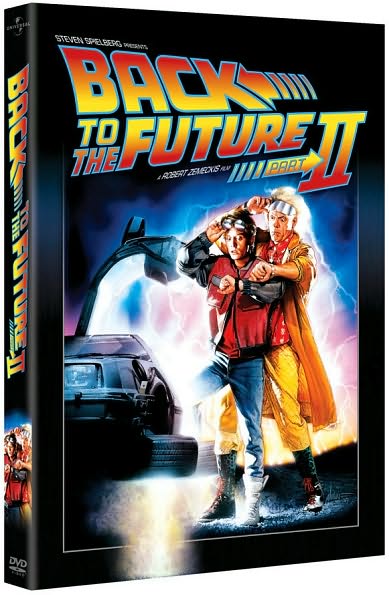 At the end of the first Back to the Future, we were teased with the concept of Marty McFly and Doc Brown travelling into the future in a time travelling DeLorean that could now fly! However, for many years a sequel seemed like it would only live in our imagination. In 1989, we finally got what we wished for…and were actually promised two sequels within a year of each other!
At the end of the first Back to the Future, we were teased with the concept of Marty McFly and Doc Brown travelling into the future in a time travelling DeLorean that could now fly! However, for many years a sequel seemed like it would only live in our imagination. In 1989, we finally got what we wished for…and were actually promised two sequels within a year of each other! 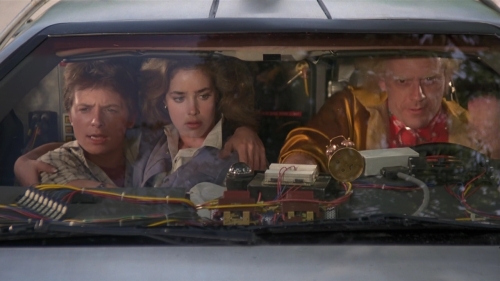
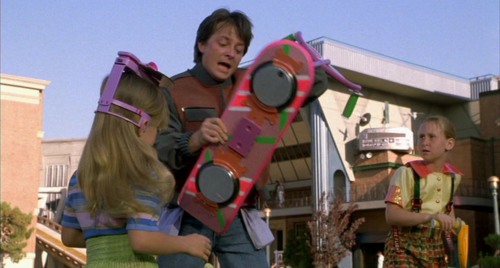
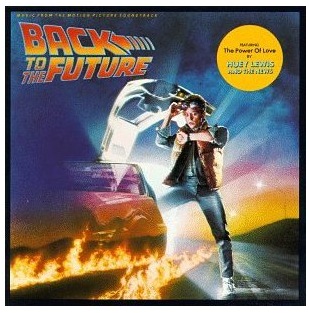
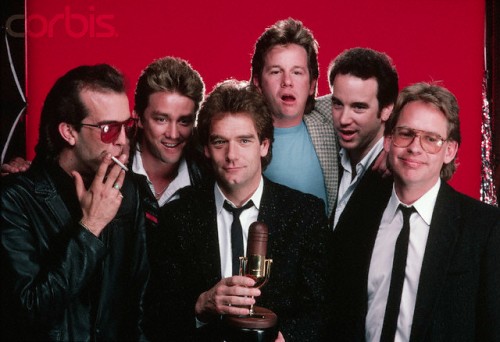
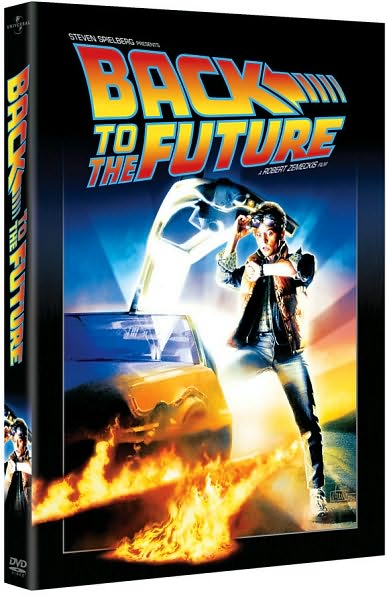 I consider myself a fairly cultured cinema buff. I took enough creative writing and screenwriting classes in college to understand quality movie plotting and dialogue. Some friends and I have set out to watch every Oscar-nominated movie in history (going backwards) and are currently up to 1968. That is 40 years of what the movie industry has deemed to be the best pictures. And I’ve frequently gone beyond those films into all sorts of critically-acclaimed genres. I’m by no means an artsy or indie film buff but my cinematic sensibilities have matured significantly over the years. And yes…there’s still a very big part of me that digs a popcorn movie, many of which have ended up being my personal favorites.
I consider myself a fairly cultured cinema buff. I took enough creative writing and screenwriting classes in college to understand quality movie plotting and dialogue. Some friends and I have set out to watch every Oscar-nominated movie in history (going backwards) and are currently up to 1968. That is 40 years of what the movie industry has deemed to be the best pictures. And I’ve frequently gone beyond those films into all sorts of critically-acclaimed genres. I’m by no means an artsy or indie film buff but my cinematic sensibilities have matured significantly over the years. And yes…there’s still a very big part of me that digs a popcorn movie, many of which have ended up being my personal favorites. 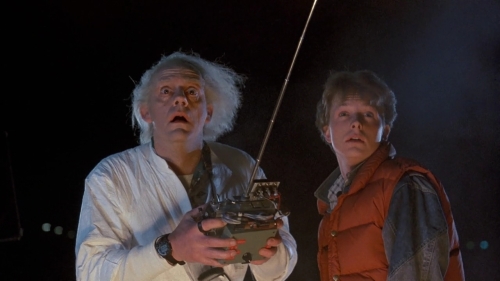

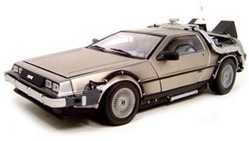 And then there’s the DeLorean time machine. What boy didn’t salivate at the prospect of one day owning a car just like that? Hell, even in this day of uber-effects and CGI, the DeLorean ranks as an ultimate geek machine. A major credit to director Robert Zemeckis and writer Bob Gale for conceptualizing a time machine in a sports car. As one documentary noted, the problem with time machines is that you can’t take them with you. And as Doc Brown says “if you’re going to time machine into a car, why not do it with some style.”
And then there’s the DeLorean time machine. What boy didn’t salivate at the prospect of one day owning a car just like that? Hell, even in this day of uber-effects and CGI, the DeLorean ranks as an ultimate geek machine. A major credit to director Robert Zemeckis and writer Bob Gale for conceptualizing a time machine in a sports car. As one documentary noted, the problem with time machines is that you can’t take them with you. And as Doc Brown says “if you’re going to time machine into a car, why not do it with some style.”